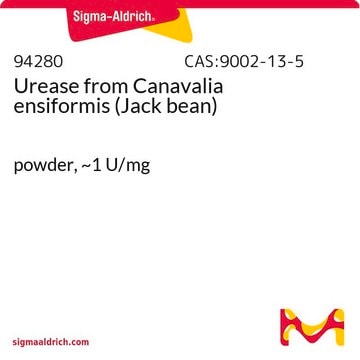Unfortunately, this product has not been tested for cell culture applications. This compound is soluble at 50 mg/mL in water. For use in cell culture, the stock solution should be filter sterilized. Syringe filter product SLGVR33RS may be of interest. The pharmaceutical literature suggests that the stock solution is stable for 1 day at room temperature and 2 days if refrigerated.
See the link below to a publication (page 3) regarding the stability of AZT in solution:
https://www.accessdata.fda.gov/drugsatfda_docs/label/2014/019910s041lbl.pdf










